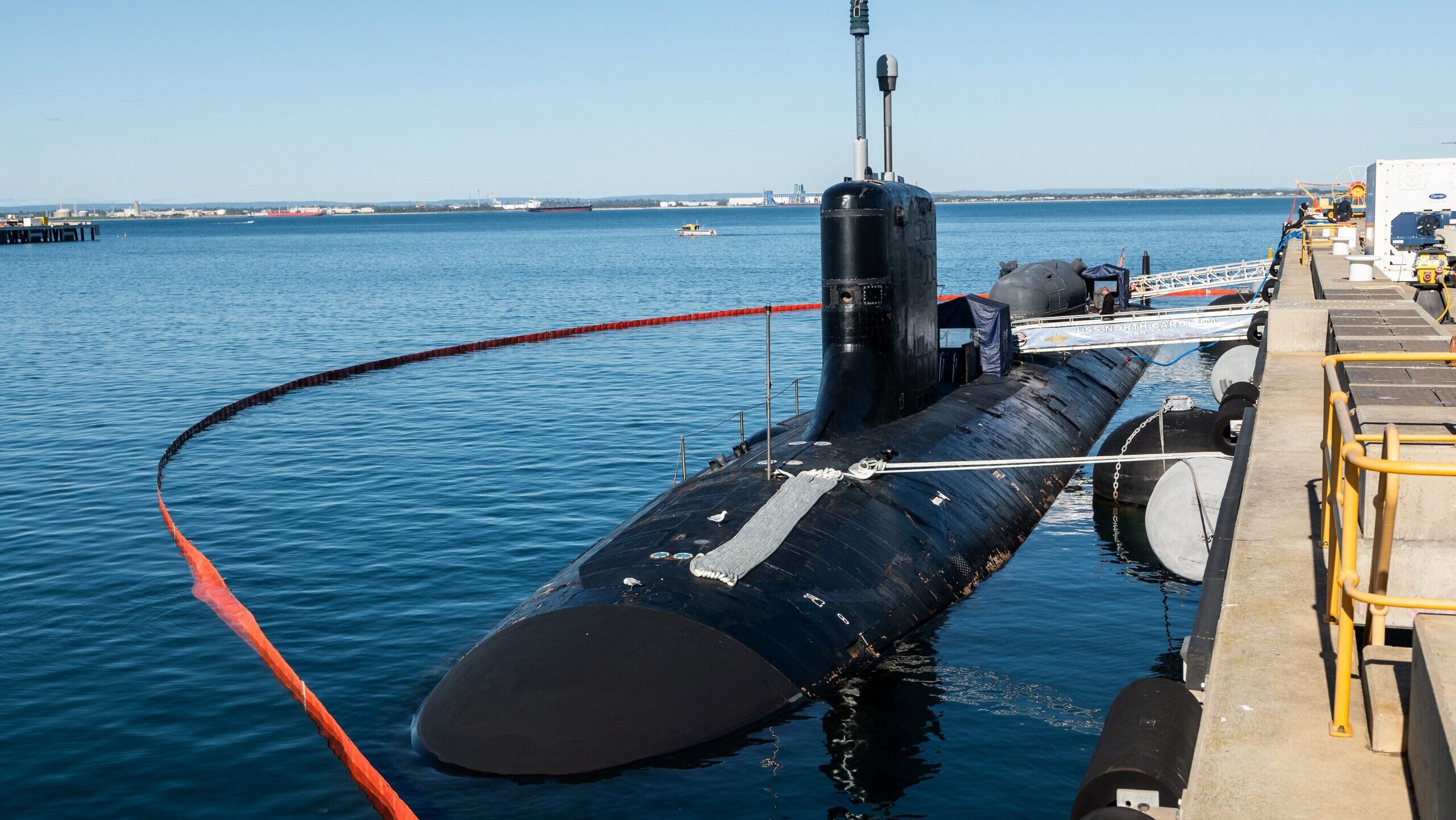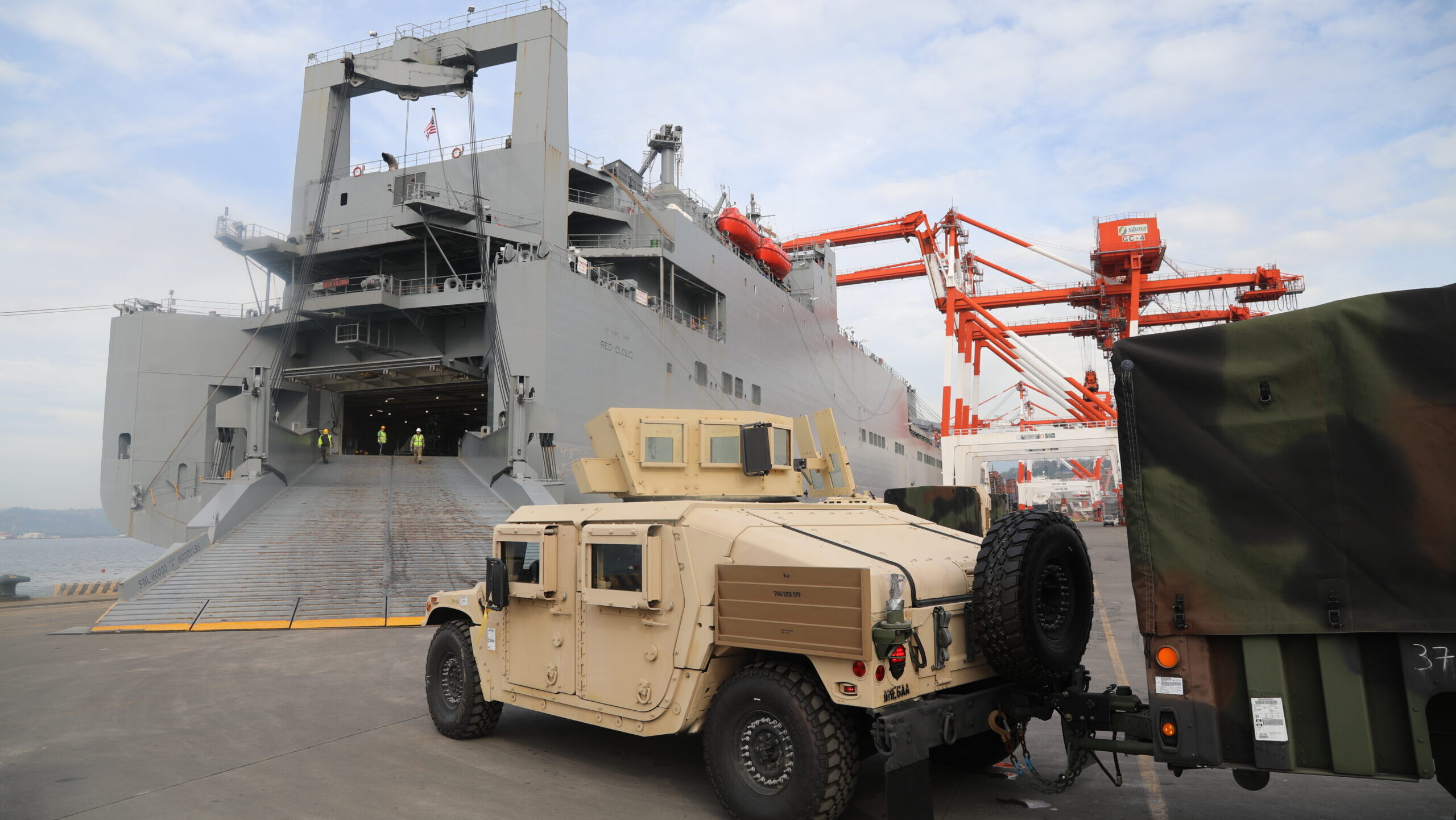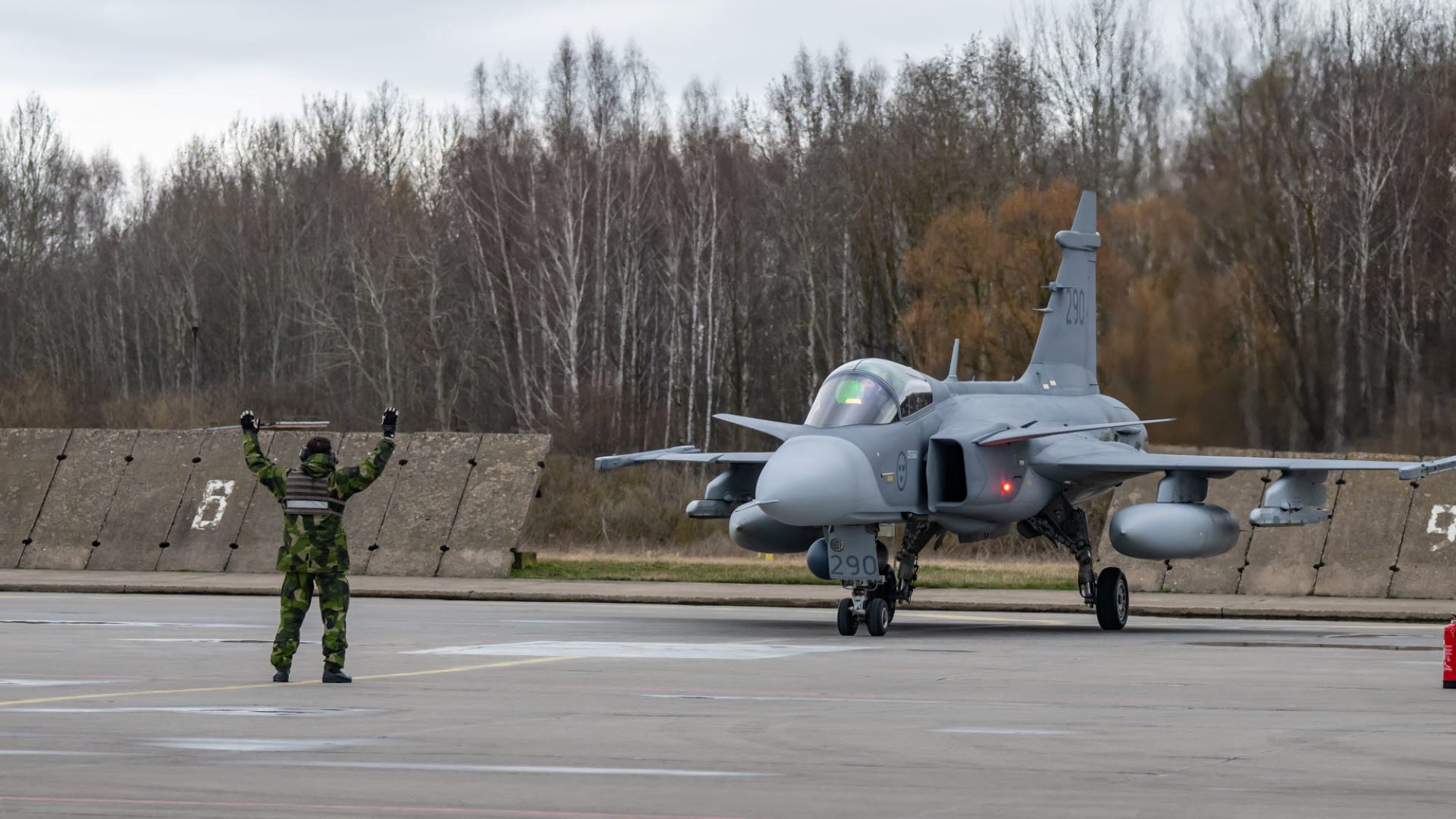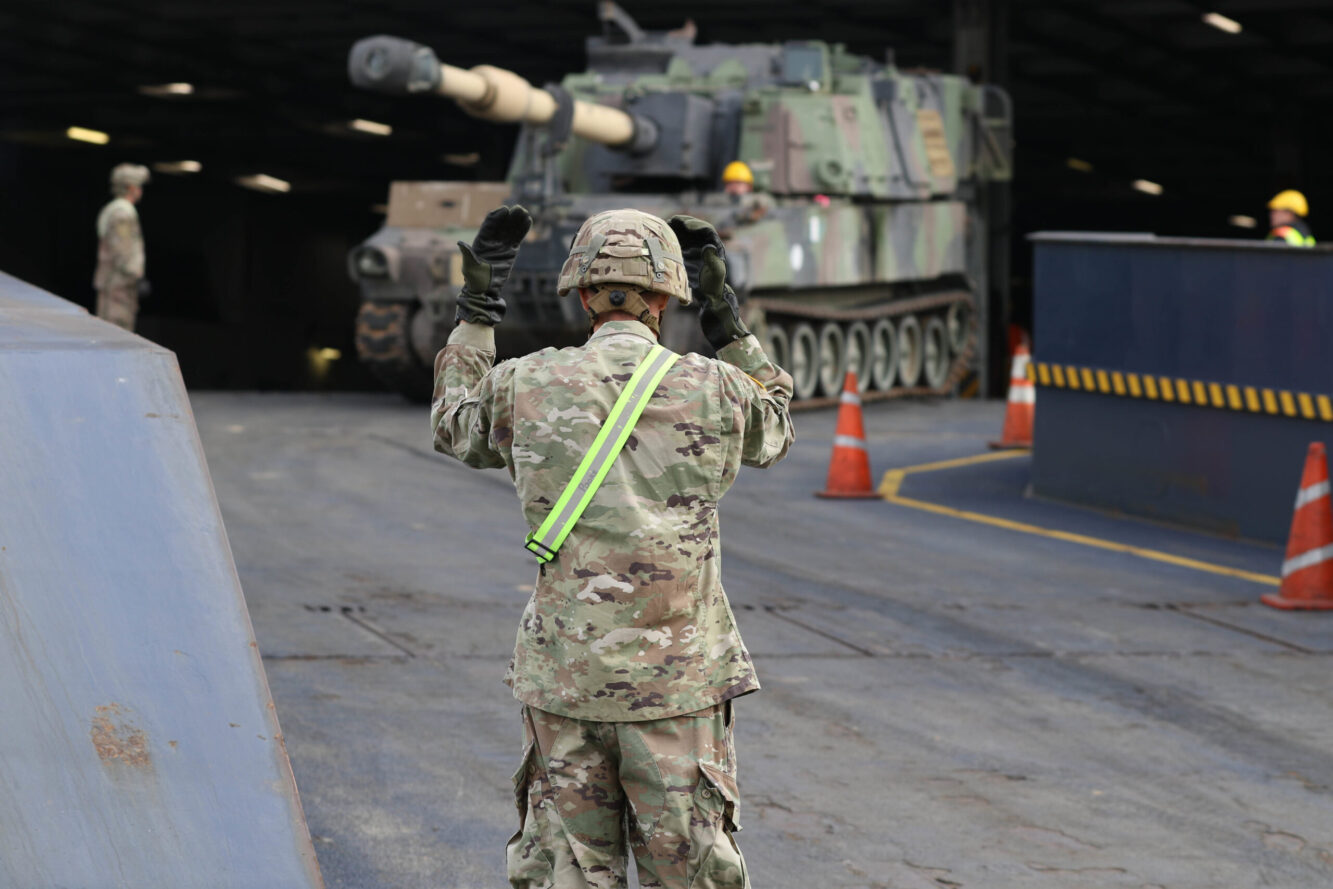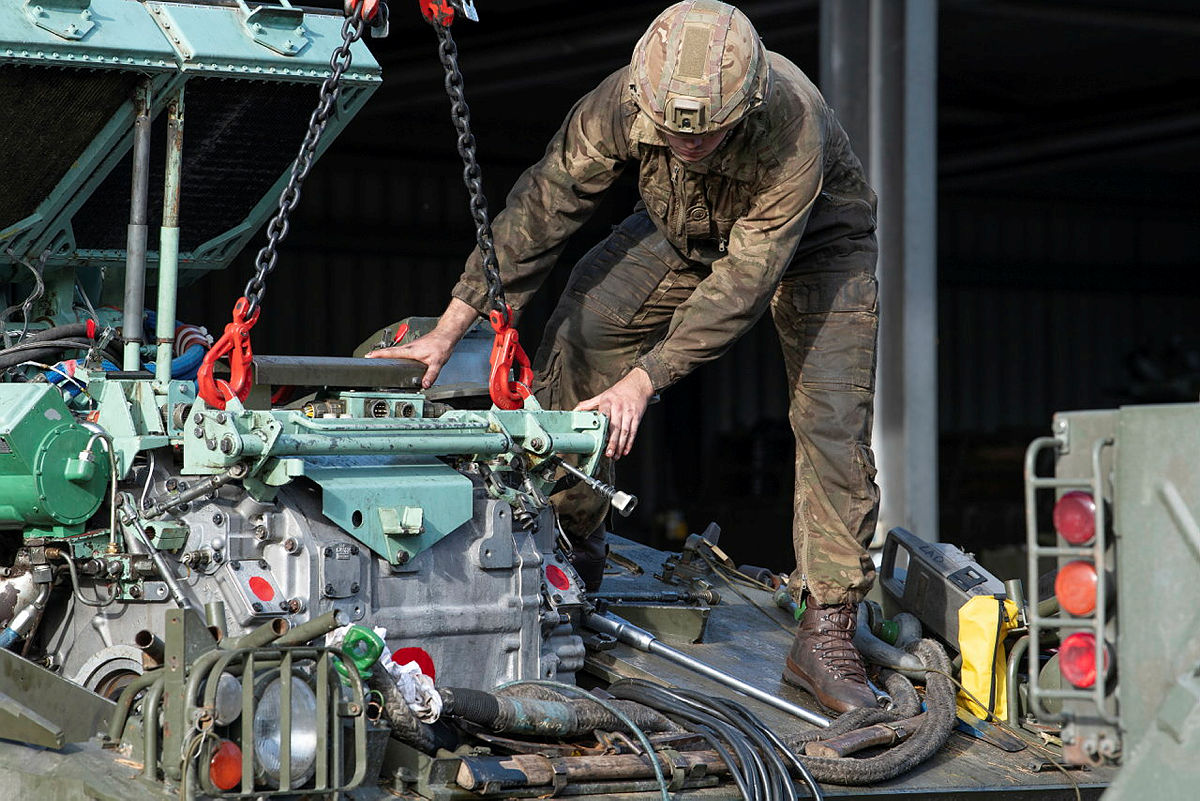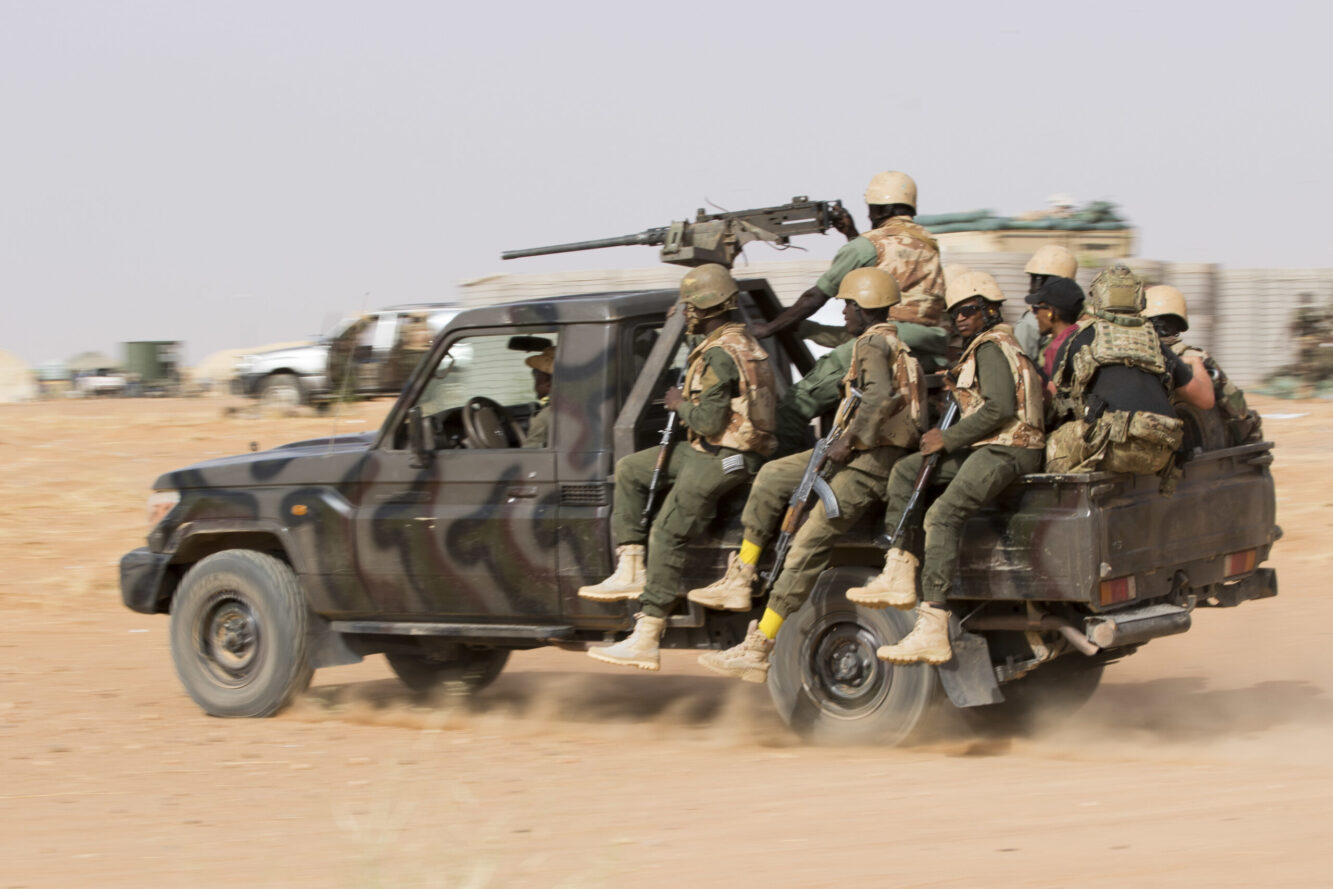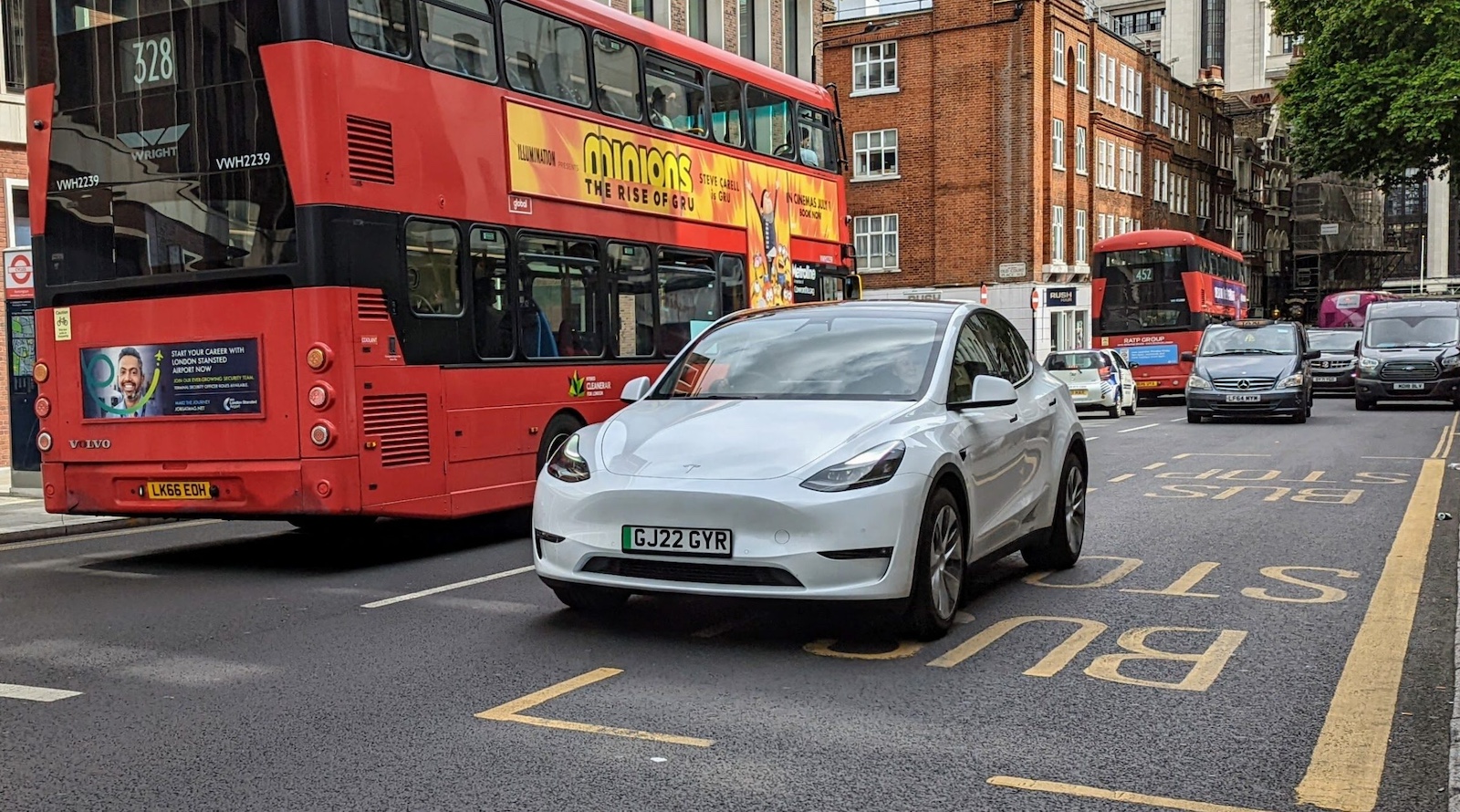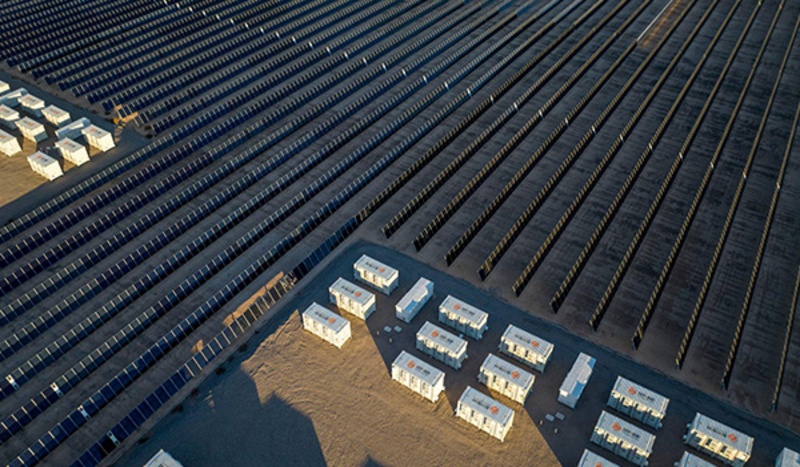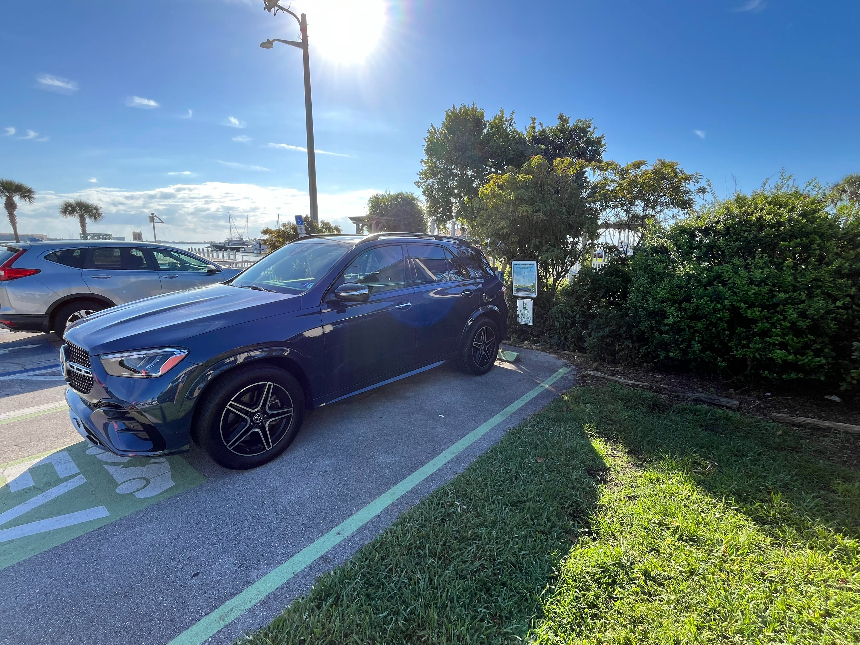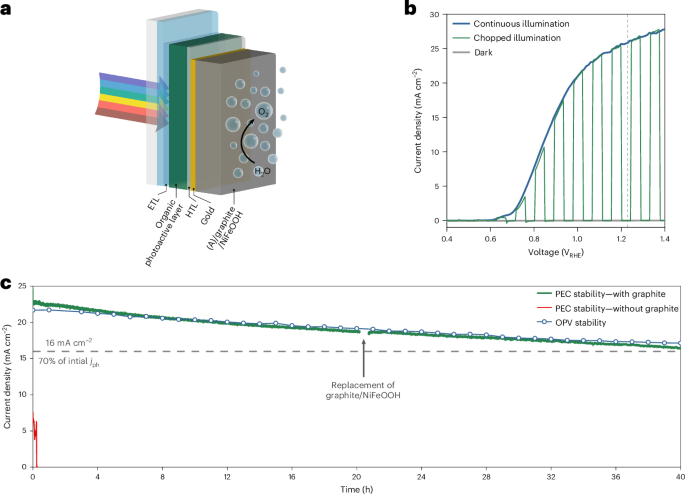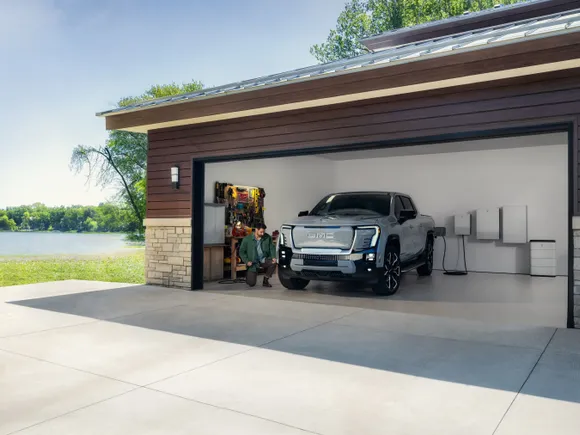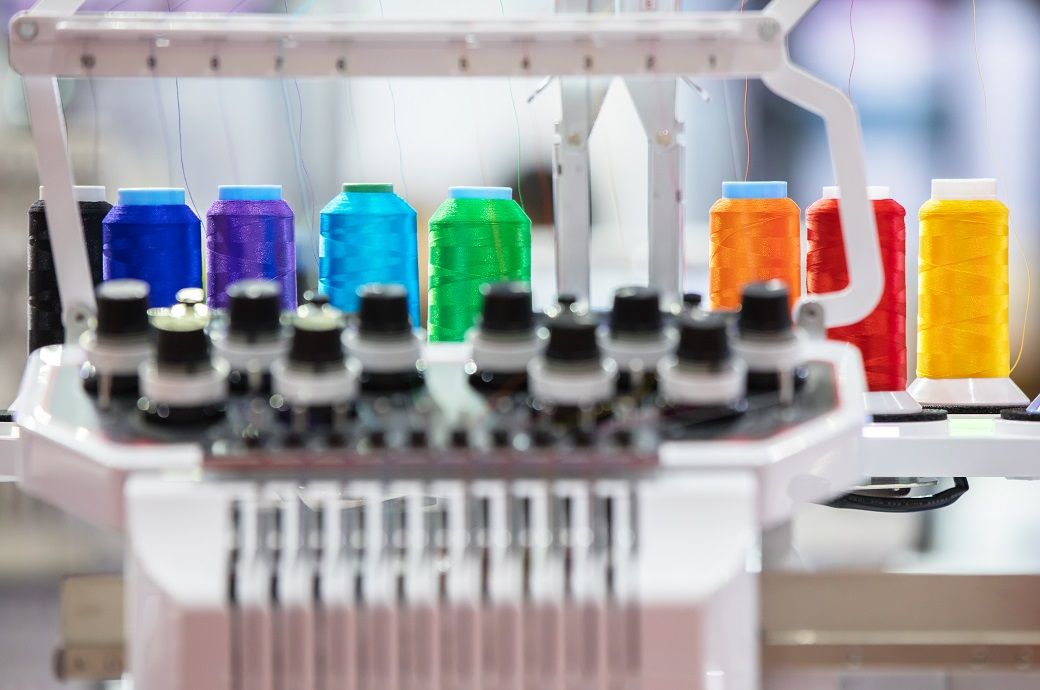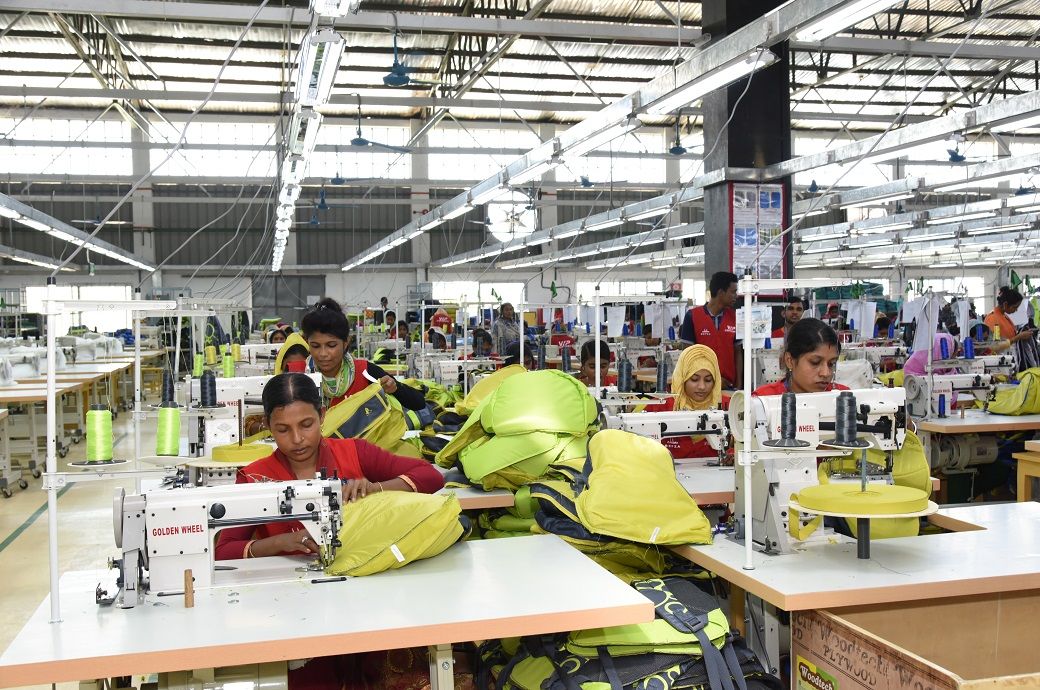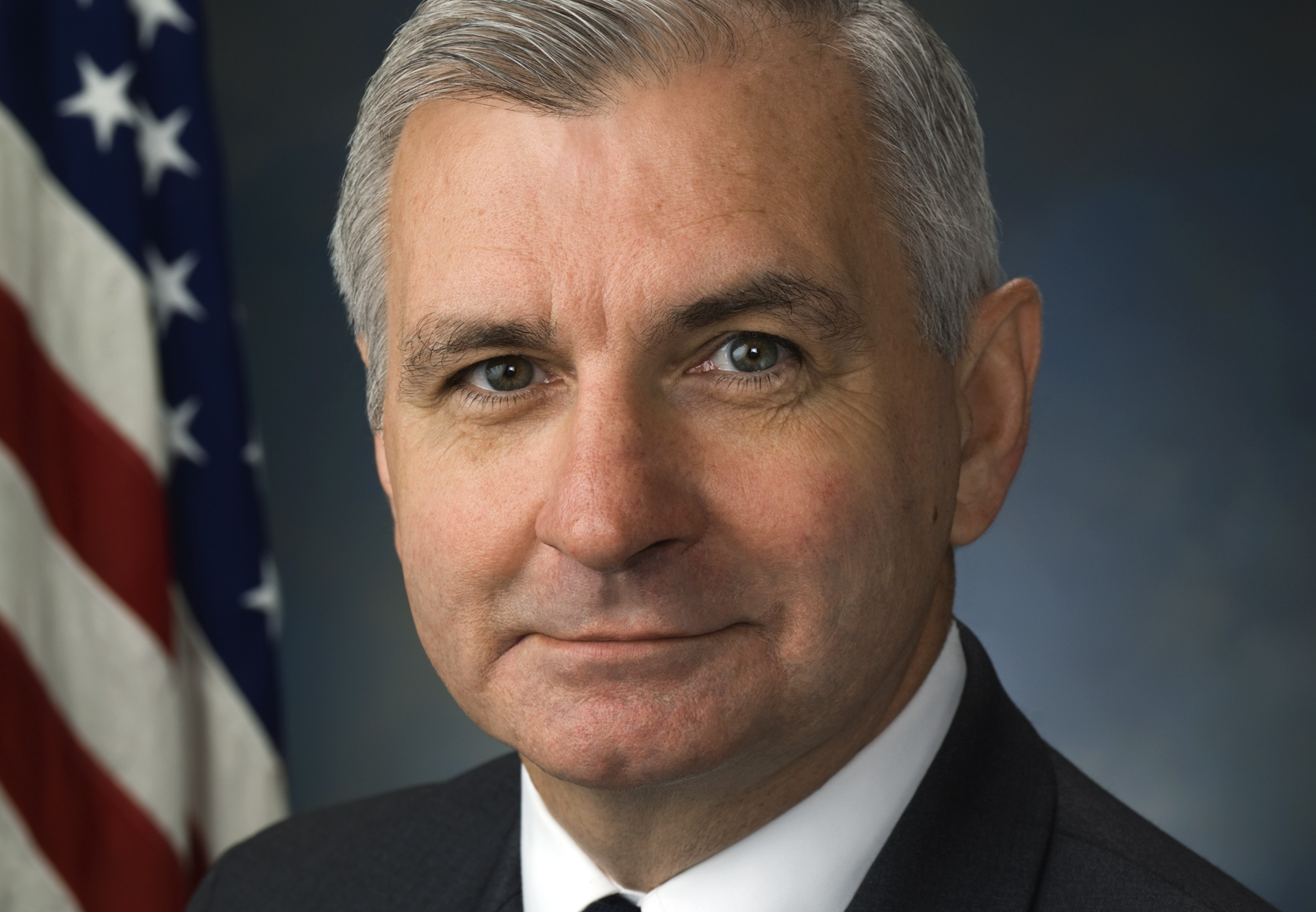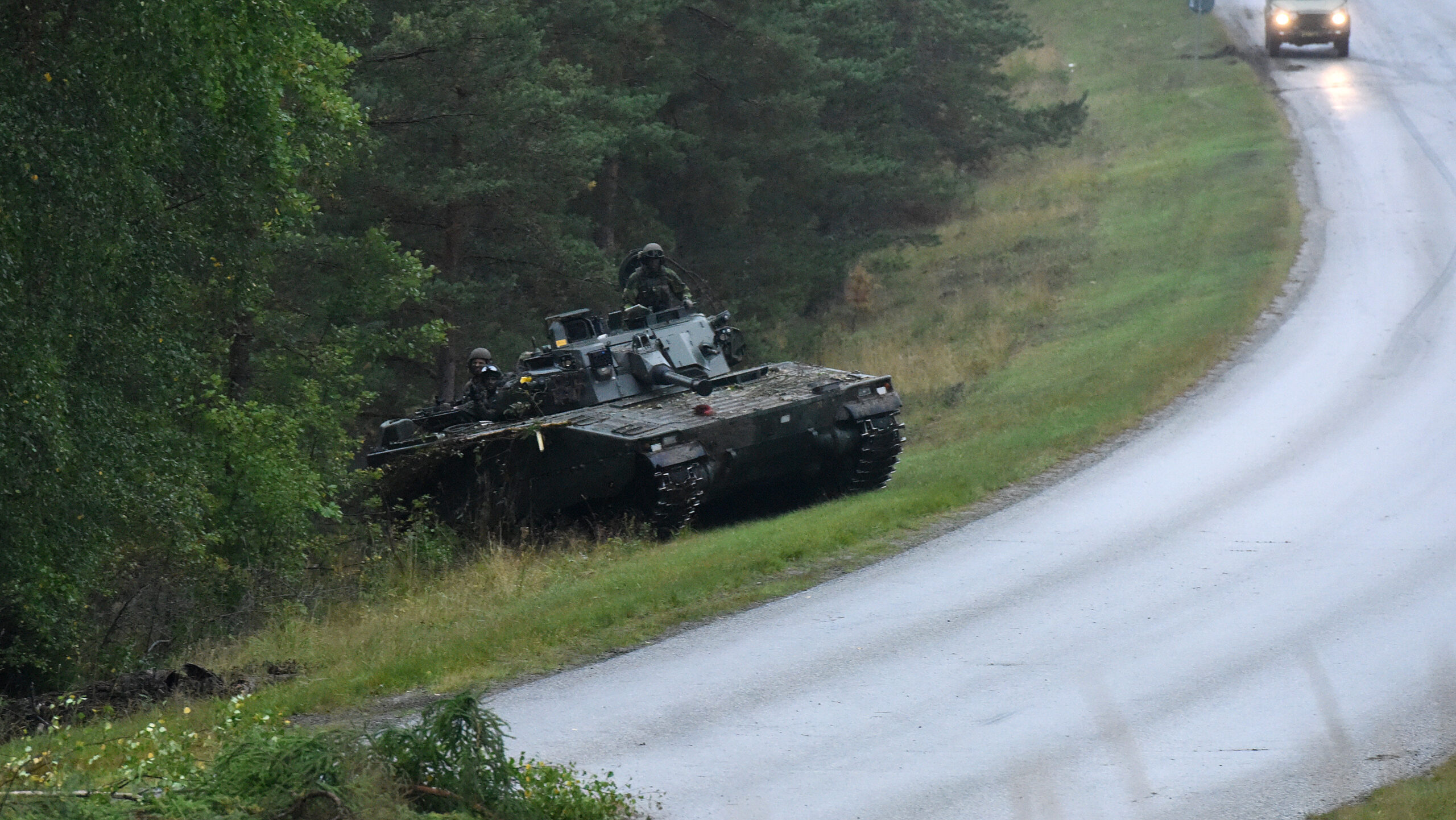Papua New Guinea, Kiwis, Aussies tying up for relief op coordination
When Lt. Col. Eddie Miro, director of Papua New Guinea’s tiny air force took the job, his country had one working helicopter. Today, Papua owns two PAC 750 single engine aircraft built in New Zealand.
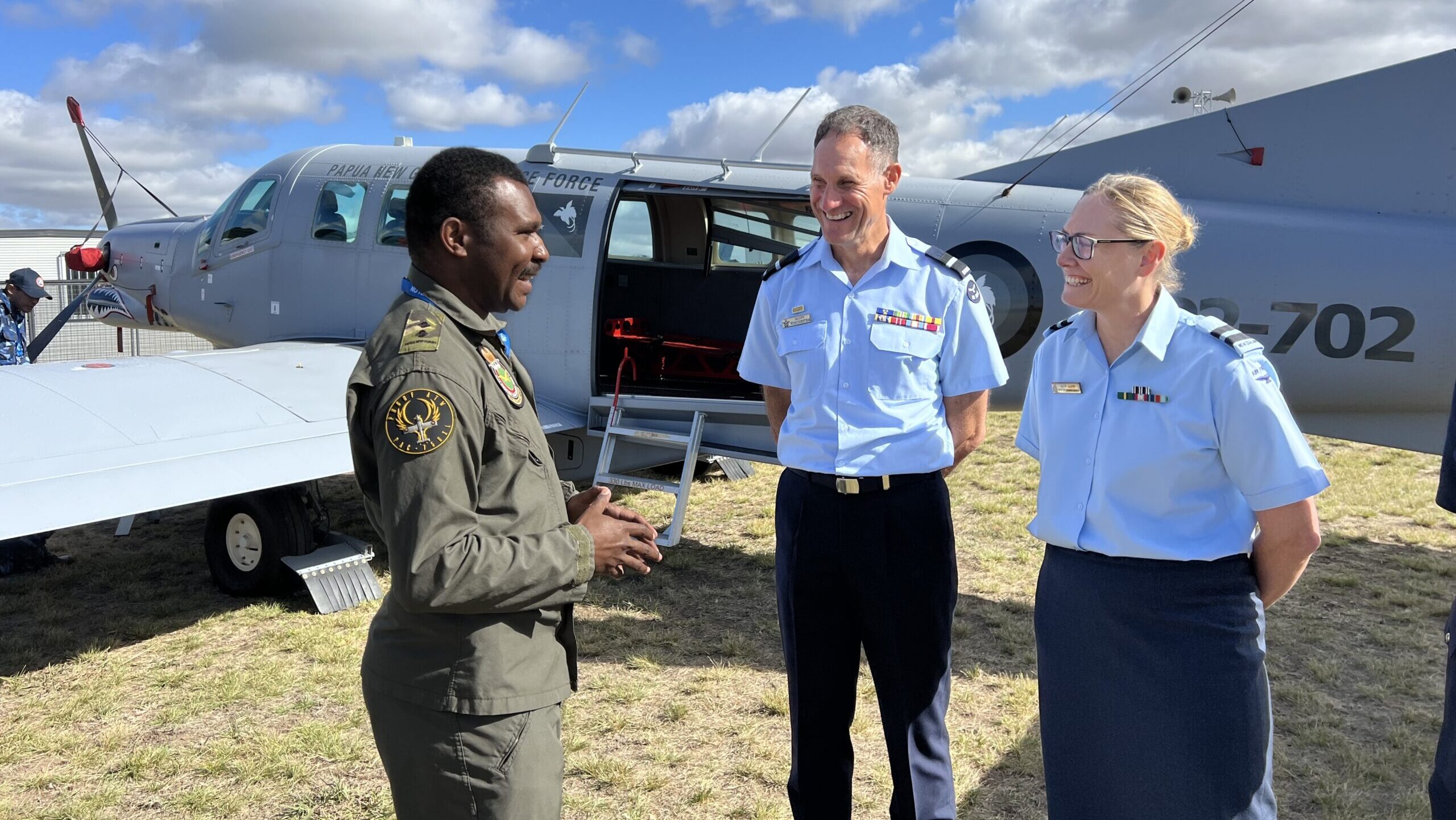

Papua New Guinea Director Air Lt. Col. Eddie Miro, Royal Australian Air Force Air Commodore Scott Winchester, Deputy Air Commander Australia Air Commodore Susie Barns (Royal New Zealand Air Force) stand in front of a Papua New Guinea PAC 750 aircraft at the Avalon Air Show Credit Australian Defense Force
AVALON AIR SHOW — How close are Australia and New Zealand’s air forces? The deputy Air Commander of the Royal Australian Air Force, Air Commodore Susie Barns, is from the tiny island state well south of here.
Her appointment in mid-January came on the heels of an agreement between the two air services last year designed to encourage more positions be filled by each nation. Burns won the appointment — a first for both countries — when she completed the Defence and Strategic Studies Course at the Australian War College.
On top of her appointment, New Zealand Defense Force Maj. Gen. Hugh McAslan has joined the Australian Defense Force as deputy chief of joint operations, while Australian Army Brig. Michael Bassingthwaighte was appointed deputy commander at Joint Forces New Zealand.
It’s not just the two Five Eyes partners who have strong relations, though. Barns studied with Lt. Col. Eddie Miro, director of Papua New Guinea’s tiny air force, and two other Papuan officers — an important relationship to build out, given the growing relationship between Papua and their neighbors.
When Miro took the job of director in 2017, his country’s only air asset was a single working helicopter. Today, Papua owns two PAC 750 single engine aircraft built in Hamilton, New Zealand, by Pacific Aerospace Ltd. Australia supplied the planes in late 2023. They are hardy aircraft, able to do short takeoff and landing operations and to use unimproved runways.
Miro said the planes have flown into the remote Highlands of the island state, famous for their inaccessibility. “Some of the strips up back in Papua New Guinea, you might as well say that they’re just a piece of road track somewhere,” he told reporters at the show, standing near one of the PAC 750s.
On top of the PAC 750s, Australia has supplied a Spartan C-27 for operations throughout PNG and Pacific Islands as part of a program called Defence Pacific Air Program (DPAP), which provides logistic support, especially during civil and weather emergencies.
“The Spartan has been able to bring in supplies, and the PAC 750 has been able to get to the most remote airfields and bring back wounded in emergencies,” Miro said. “The partnership [with Australia and New Zealand] has grown from strength to strength.”
The Pacific Island of Fiji also provides loadmasters to ensure the Spartan is loaded safely and cargo doesn’t shift around.
Royal Australian Air Force Air Commodore Scott Winchester told reporters that in the event of an emergency he, Miro and Barns would coordinate and prepare for relief operations, pending permission from their various governments to help. This is all part of efforts by Australia and New Zealand to work more closely together throughout the Indo-Pacific and improve interoperability and build closer ties between the two militaries and their closest neighbors.











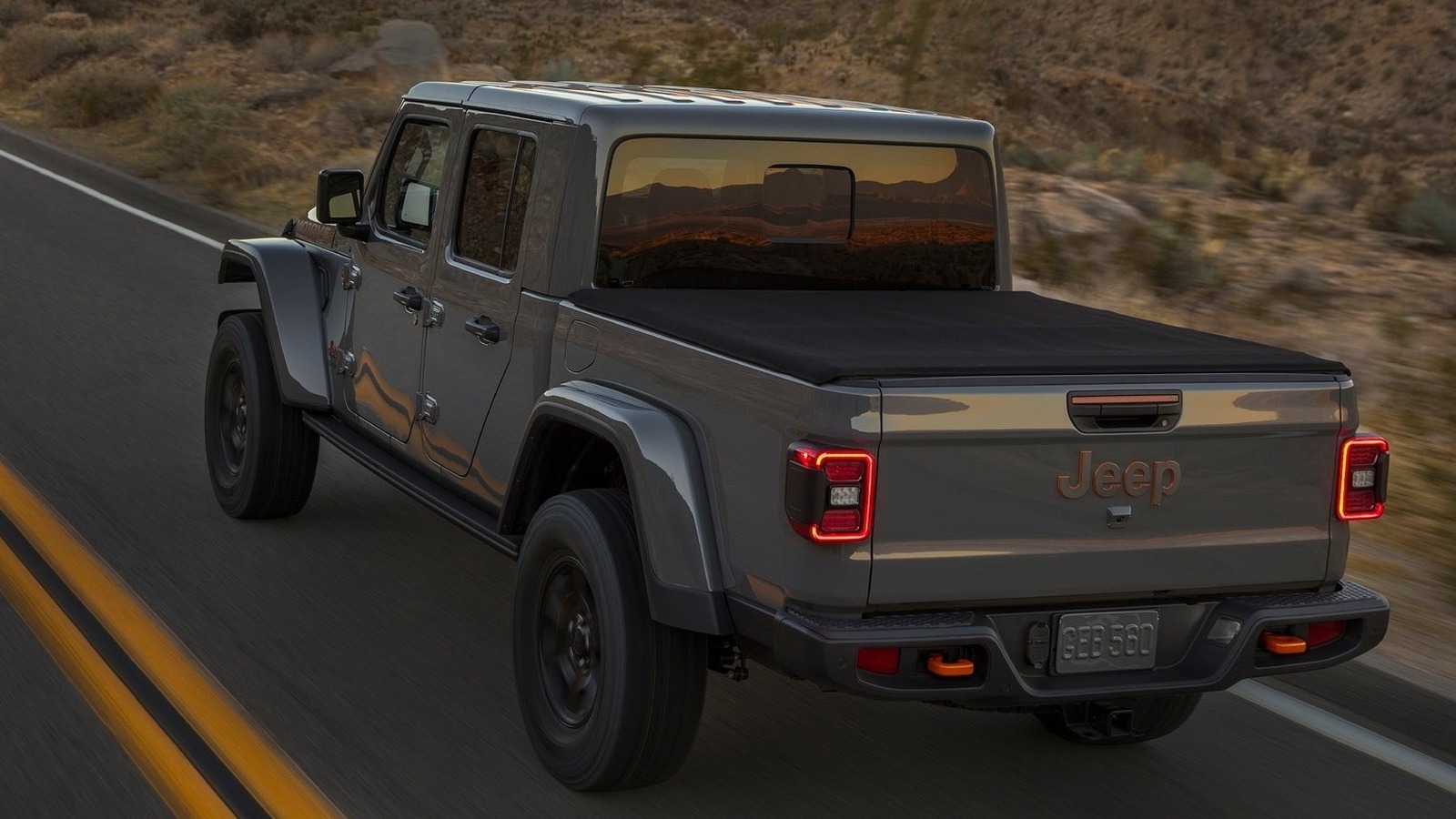
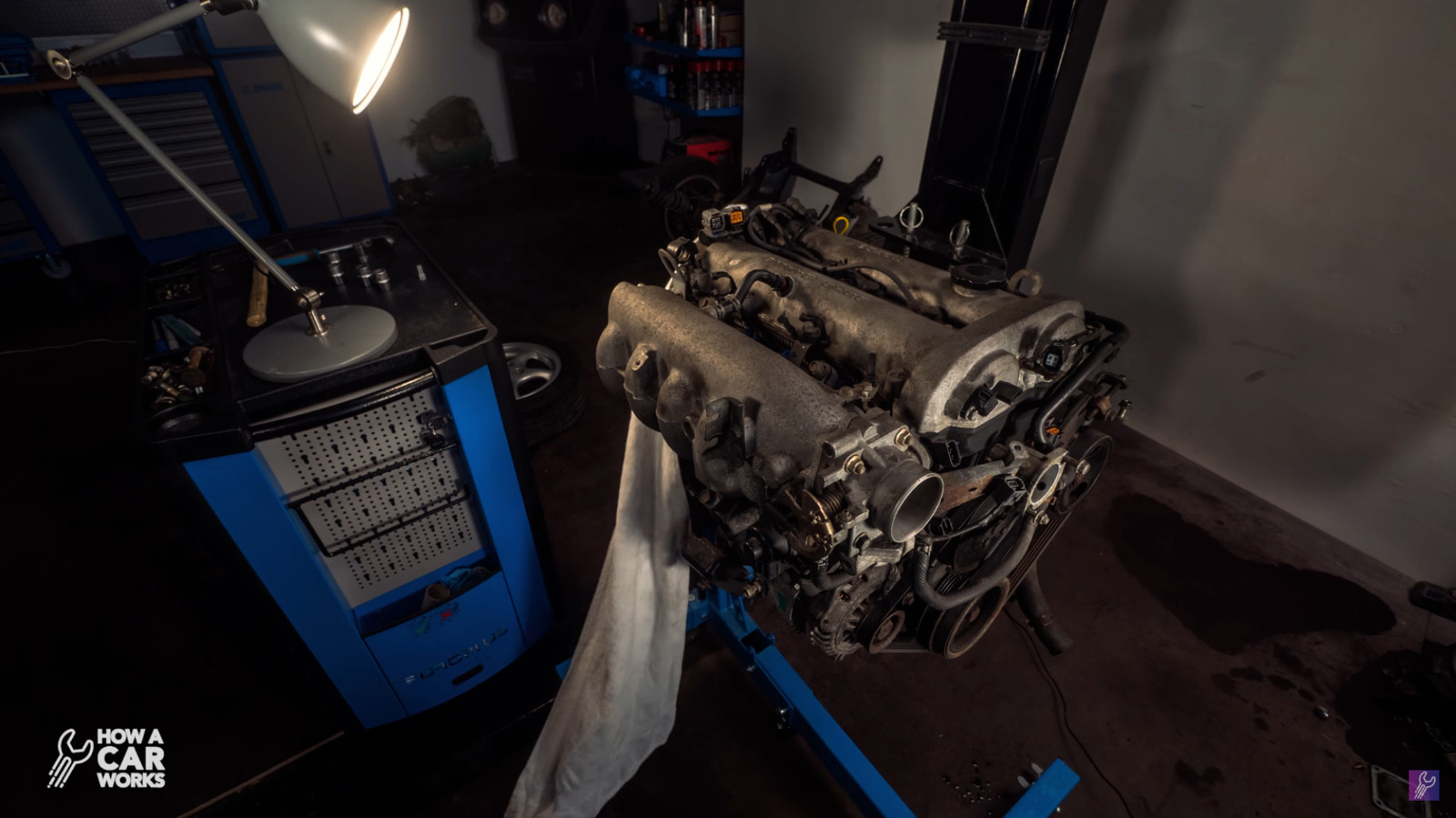





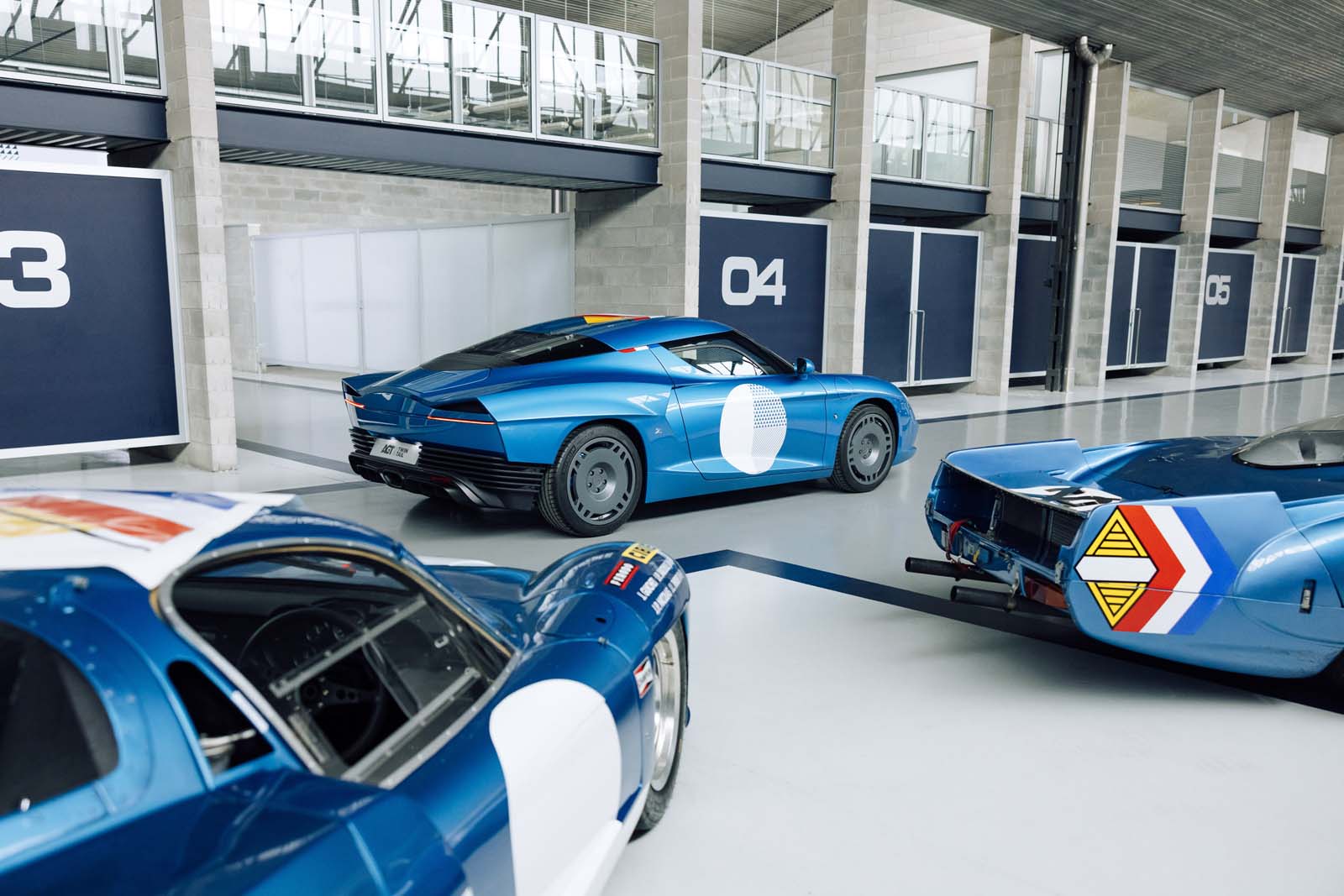
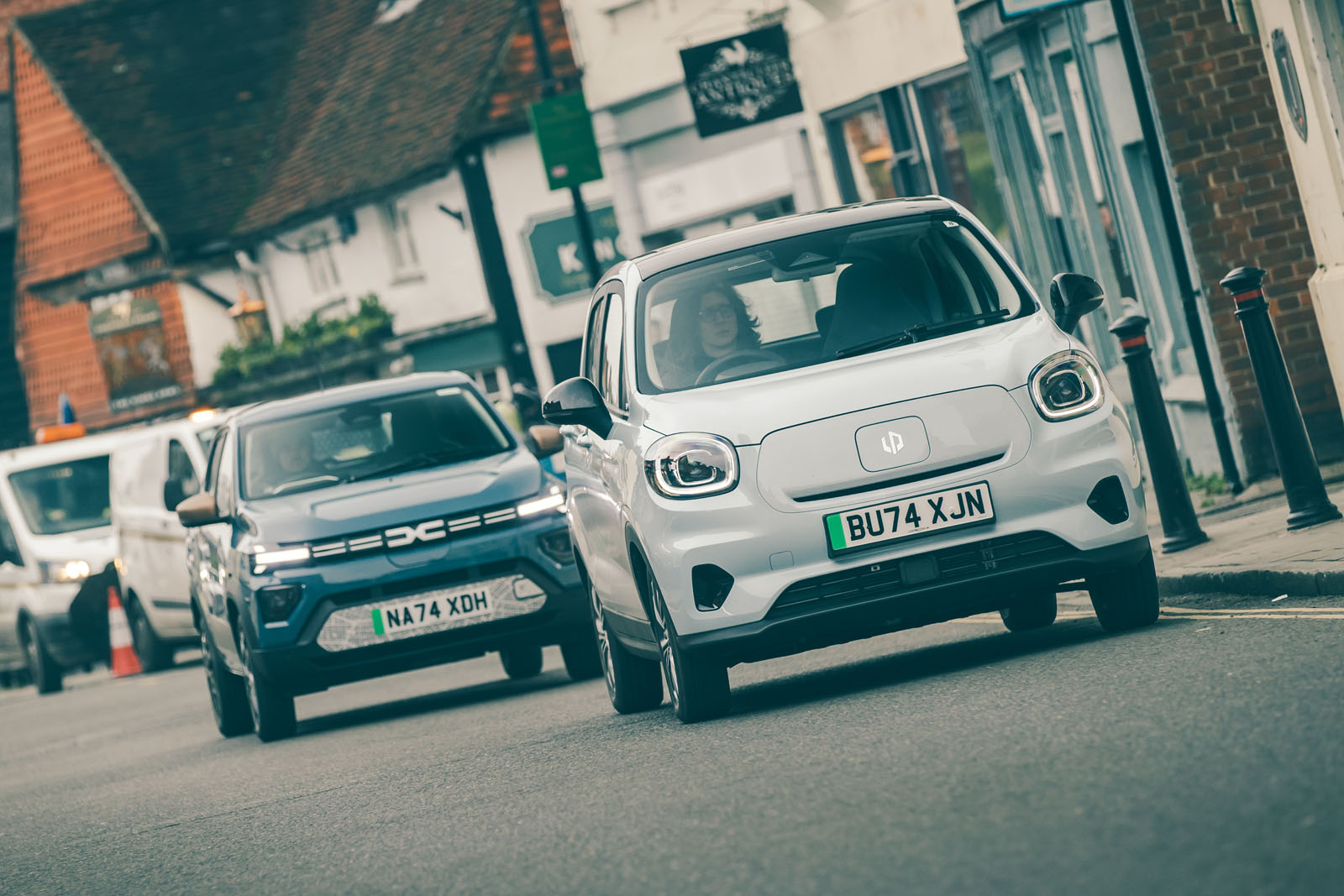

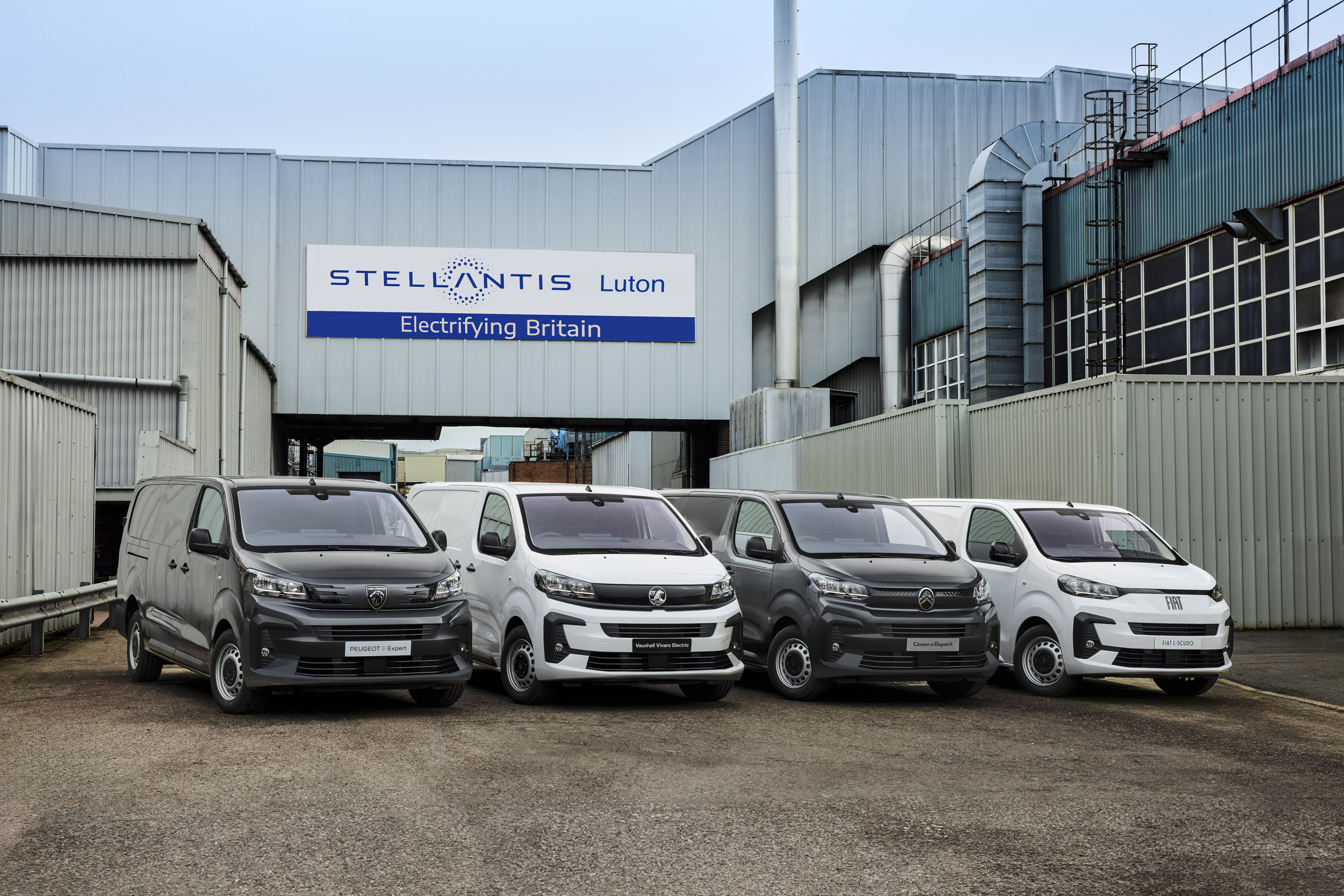









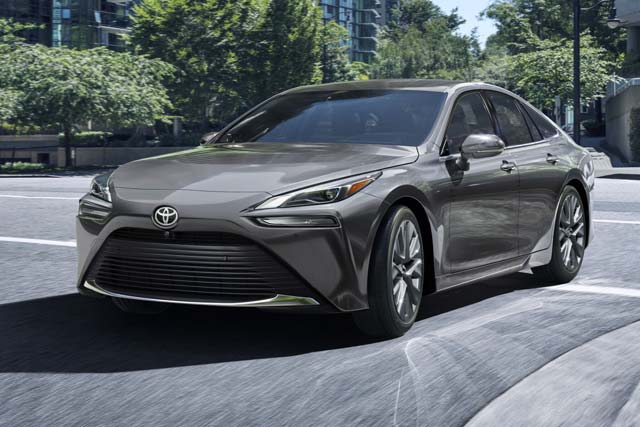
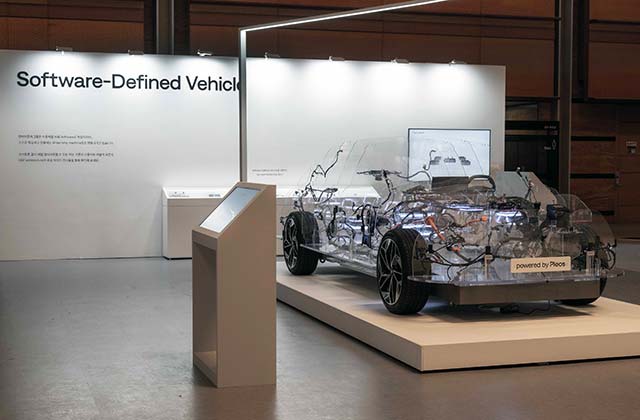

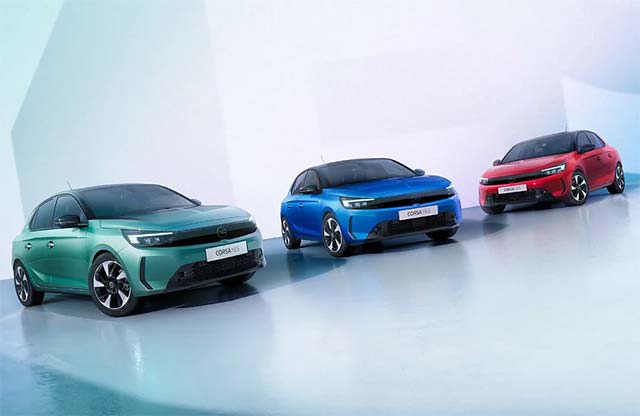




























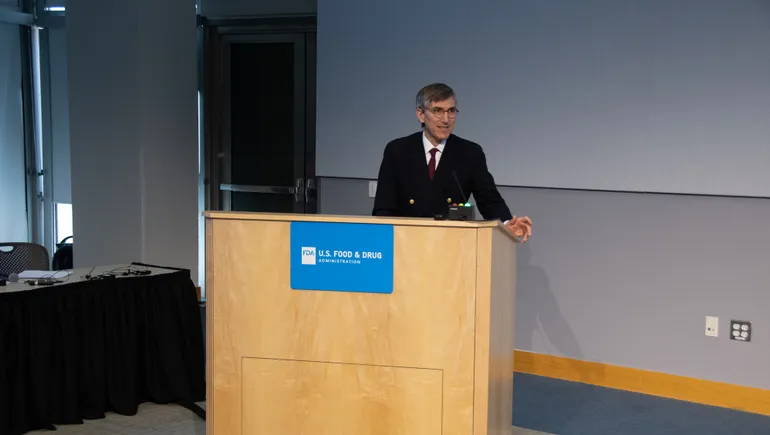











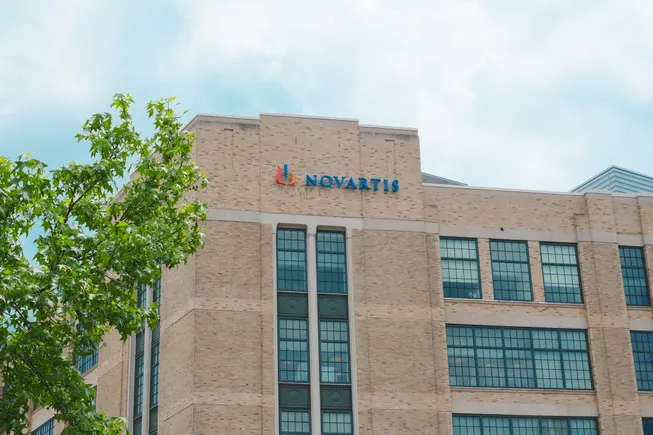









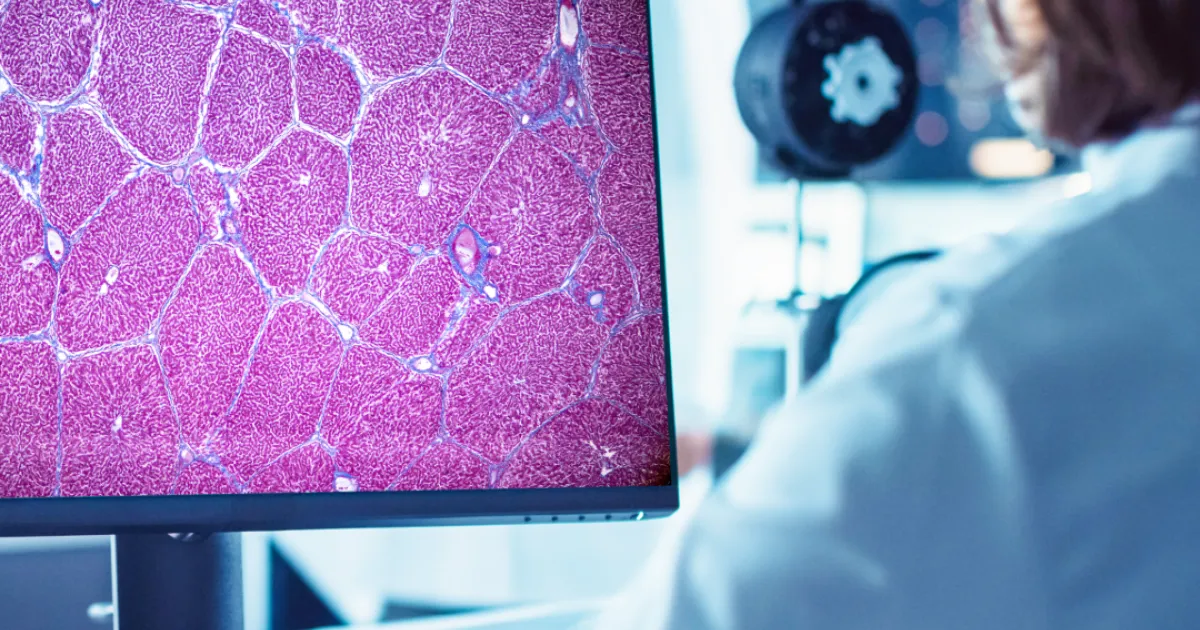

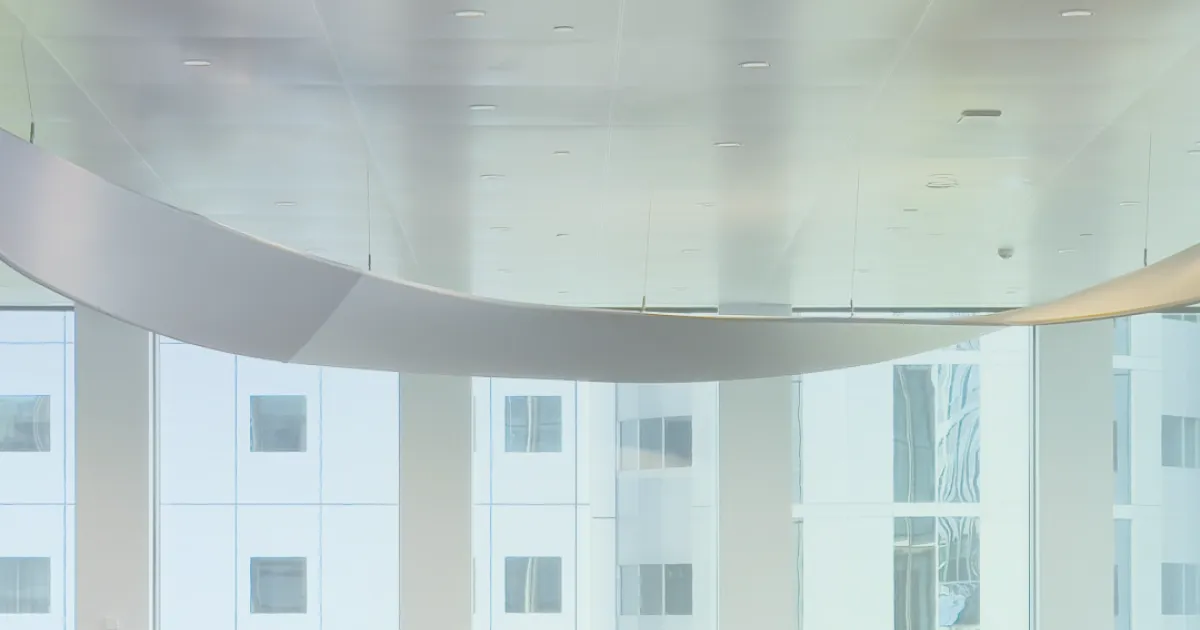







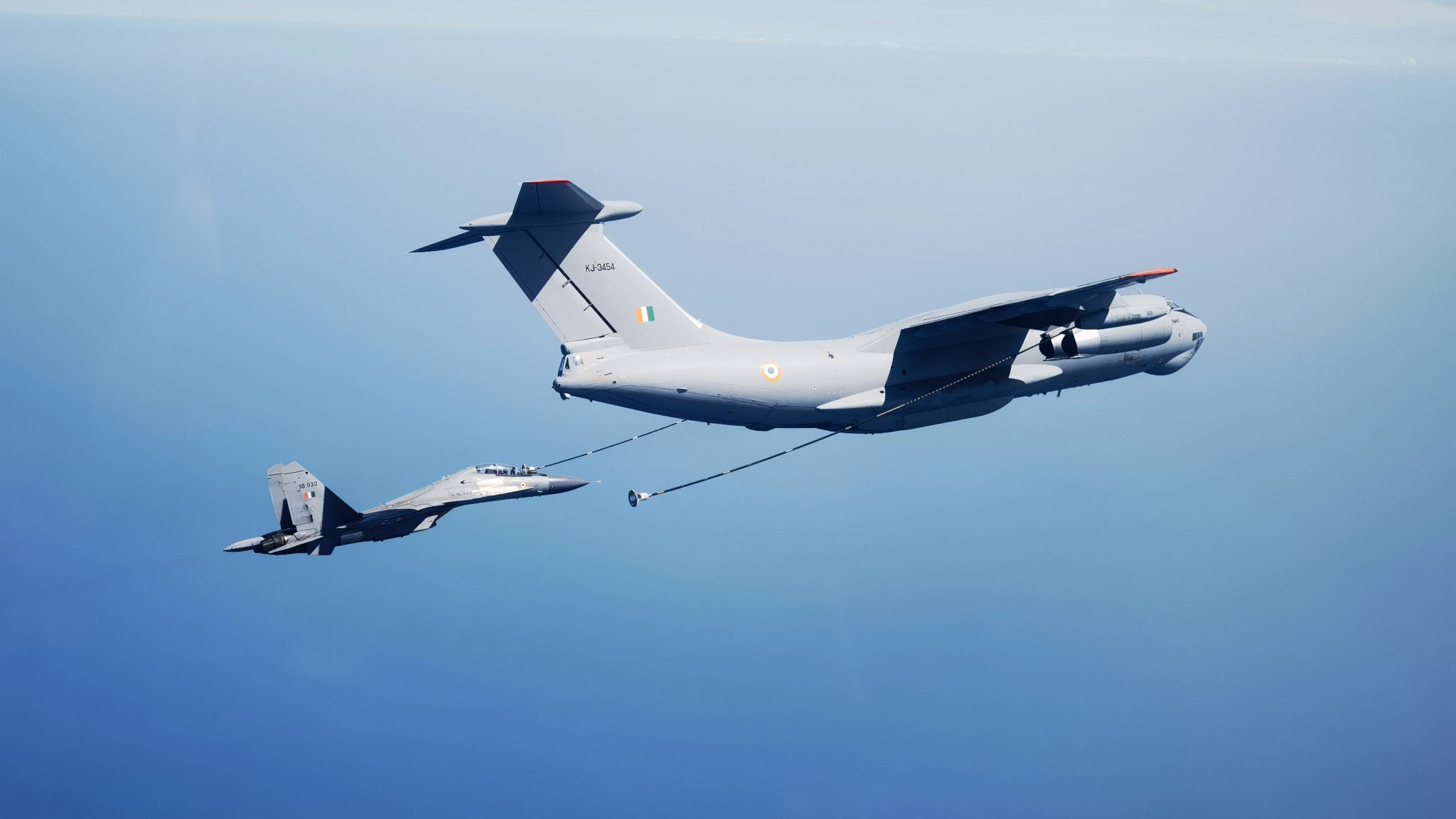
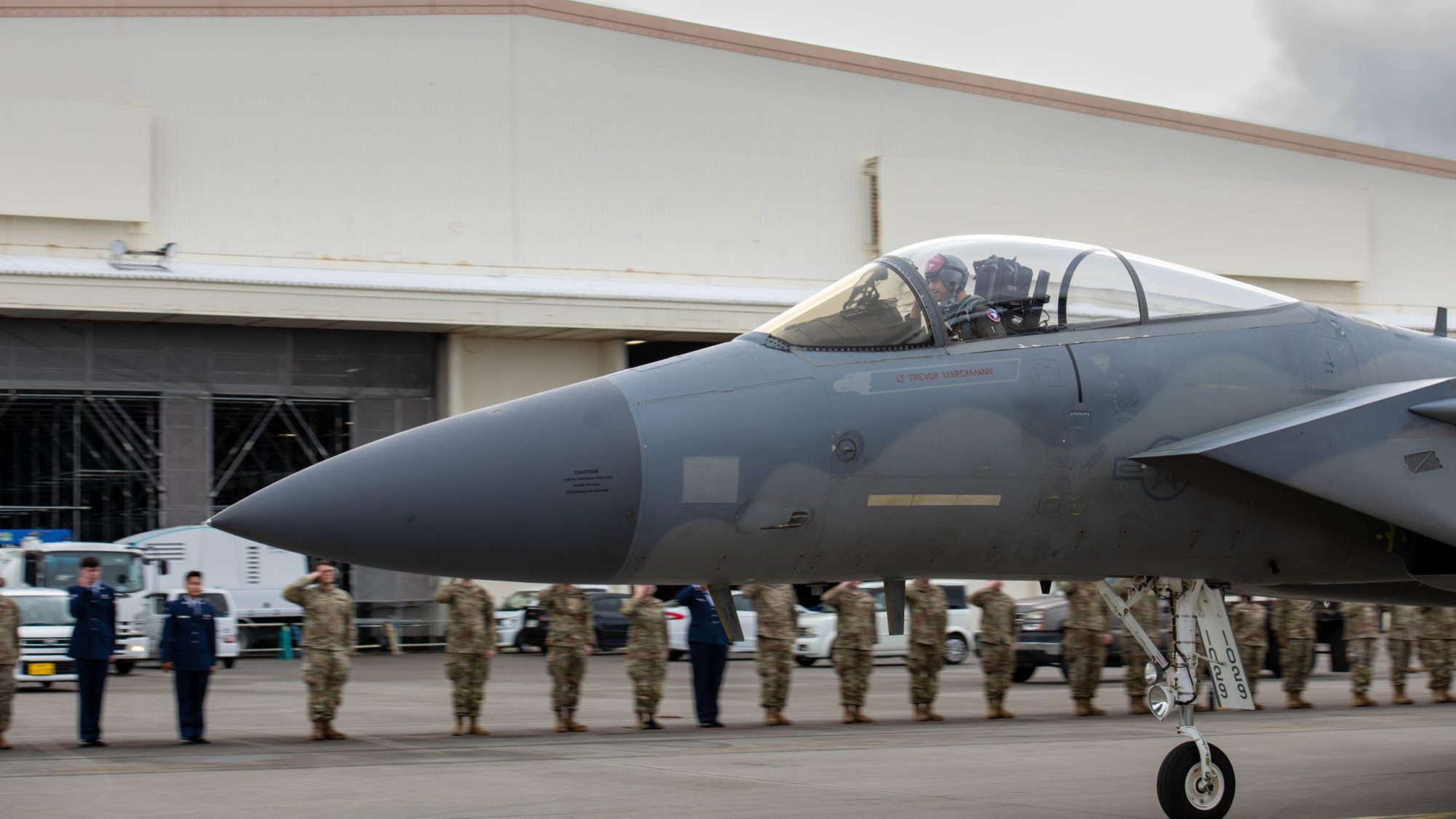
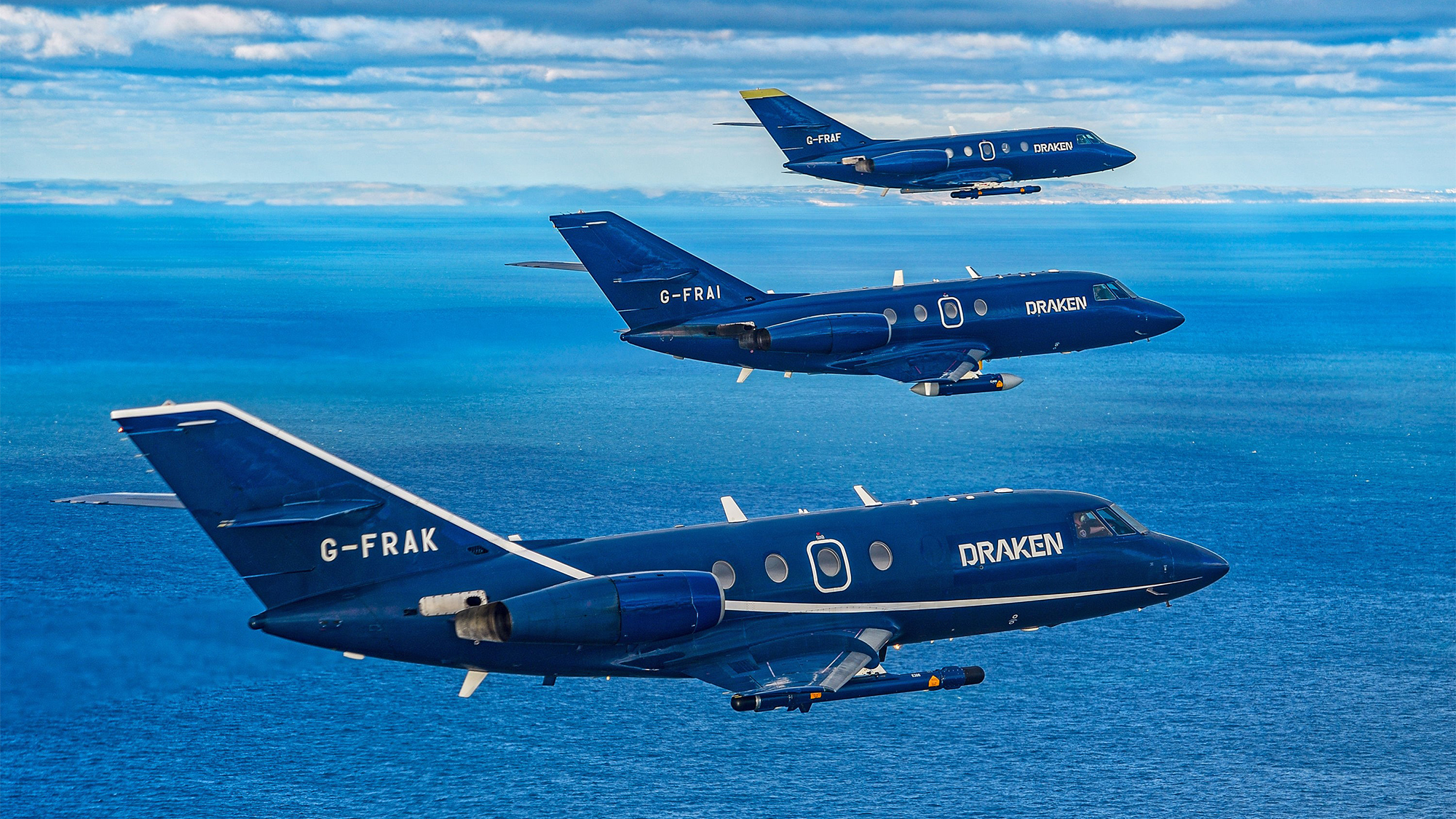

![The sights of Avalon Air Show 2025: Day Three [PHOTOS]](https://breakingdefense.com/wp-content/uploads/sites/3/2025/03/f-35-avalon-final-day-scaled-e1743079275404.jpg?#)
